#Mantua italy
Photo
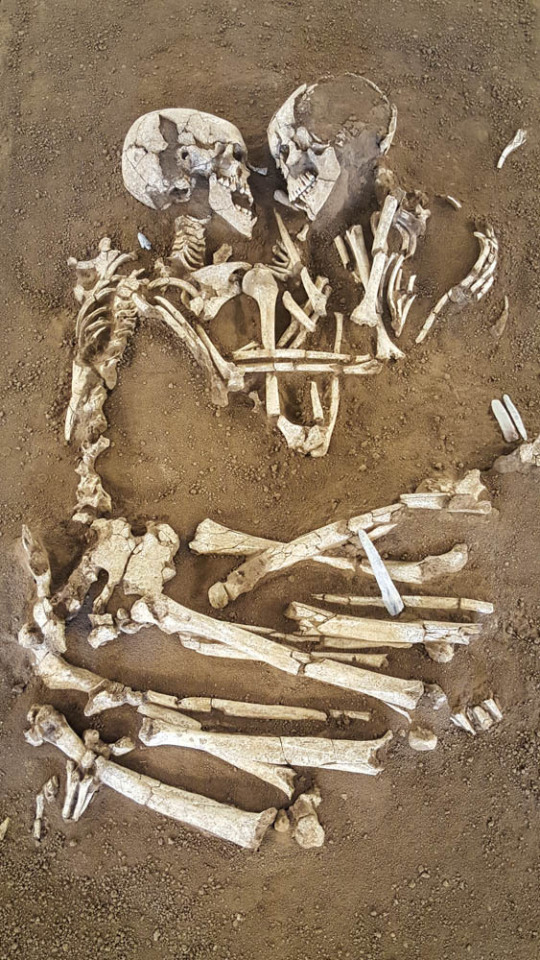
The Lovers of Valdaro, discovered by archaeologists at a tomb in San Giorgio near Mantua, Italy. The couple have been holding one another for 6,000 years.
* * * *
“Once upon a time there was a boy who loved a girl, and her laughter was a question he wanted to spend his whole life answering.”
― Nicole Krauss, The History of Love
#quotes#Nicole Krauss#The History of Love#The Lovers of Valdaro#San Giorgio#Mantua italy#lovers#history#archaeology
134 notes
·
View notes
Text
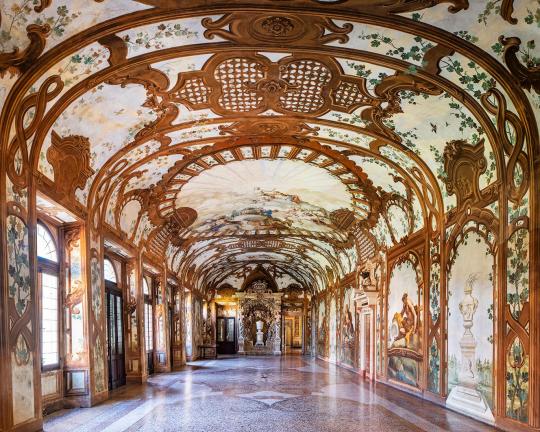
Palazzo Ducale di Mantova, Mantua, Lombardy, Italy,
Reinhard Görner Photography
#art#design#architecture#history#luxury lifestyle#style#luxury house#interior design#luury home#interiors#palace#palazzo#palazzo ducale#mantova#italy#lombardy#mantua#old castle#reinhard gorner
432 notes
·
View notes
Photo
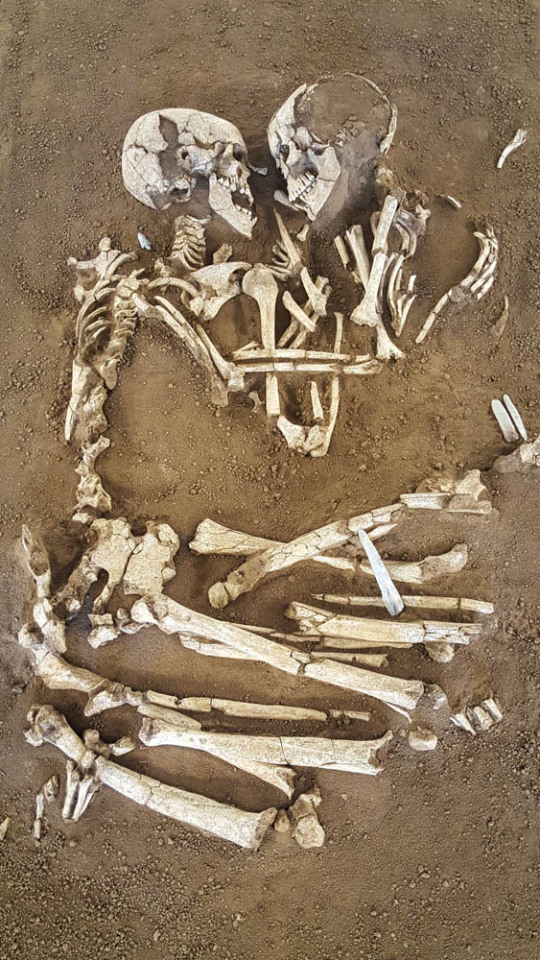
𝔗𝔥𝔢 𝔏𝔬𝔳𝔢𝔯𝔰 𝔬𝔣 𝔙𝔞𝔩𝔡𝔞𝔯𝔬, 𝔡𝔦𝔰𝔠𝔬𝔳𝔢𝔯𝔢𝔡 𝔟𝔶 𝔞𝔯𝔠𝔥𝔞𝔢𝔬𝔩𝔬𝔤𝔦𝔰𝔱𝔰 𝔞𝔱 𝔞 𝔱𝔬𝔪𝔟 𝔦𝔫 𝔖𝔞𝔫 𝔊𝔦𝔬𝔯𝔤𝔦𝔬 𝔫𝔢𝔞𝔯 𝔐𝔞𝔫𝔱𝔲𝔞, ℑ𝔱𝔞𝔩𝔶
#The Lovers of Valdaro#tomb#skeletonization#skeletons#archaeology#San Giorgio (Mantua)#italy#bones#discovered#grave#tombstone#couple#dead#death#memento mori#photography#photo
931 notes
·
View notes
Photo

Mantua, Italy (by Andreas Binder)
498 notes
·
View notes
Photo

Alexander the Great, detail of the frescoes in the Chamber of the Emperors, Palazzo Te, Mantua, Italy
Giulio Romano, c. 1530-31
Source: Palazzo Te
#art#artwork#art history#painting#fresco#Italian art#Giulio Romano#Palazzo Te#Palazzo del te#mantova#mantua#Italy#Italia#art detail#art details#detail#renaissance#mannerism#alexander#alexander the great#men in art#chamber of the emperors#camera degli imperatori
80 notes
·
View notes
Photo

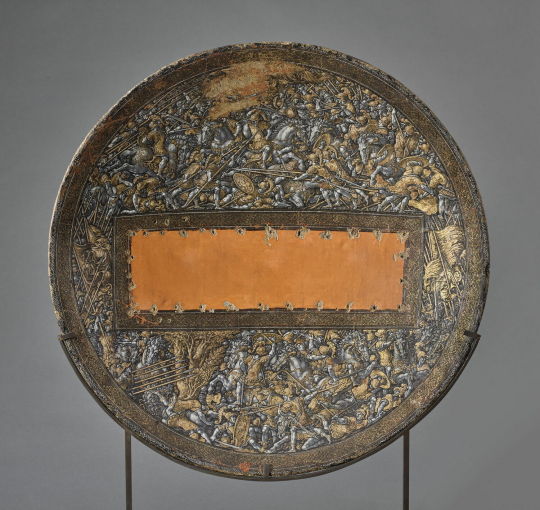
A beutful Rotella painted with scenes of combat, attributed to Giulio Romano,
Diameter: 24.4 in/62 cm
Mantua, Italy, ca. 1530, housed at the Musée du Louvre.
#armor#armour#weapons#shield#rotella#europe#european#italy#italian#mantua#renaissance#musee du louvre#art#history
167 notes
·
View notes
Photo
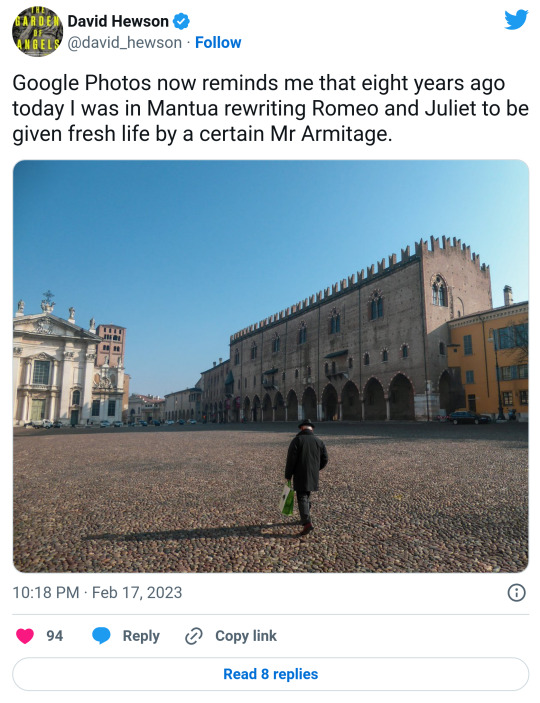
16 notes
·
View notes
Photo



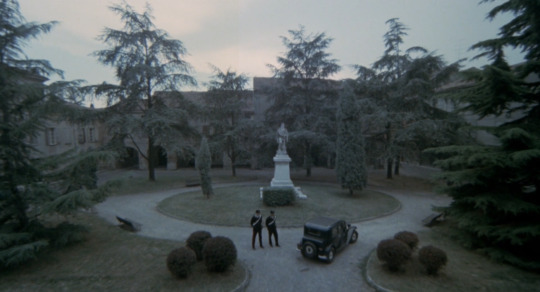
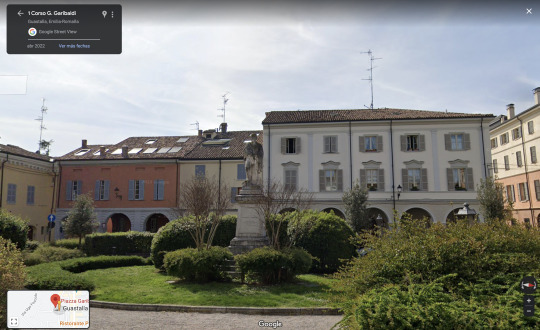
Gran bollito / Black Journal
Mauro Bolognini. 1977
House
Via Giovanni Arrivabene, 54, 46100 Mantova MN, Italy
Square
Piazza Garibaldi, 42016 Guastalla, Reggio Emilia, Italy
See in map
See in imdb
#mauro bolognini#gran bollito#shelley winters#max von sydow#mantua#italy#lombardy#emilia-romagna#guastalla#movie#cinema#film#location#google maps#street view#1977
12 notes
·
View notes
Photo
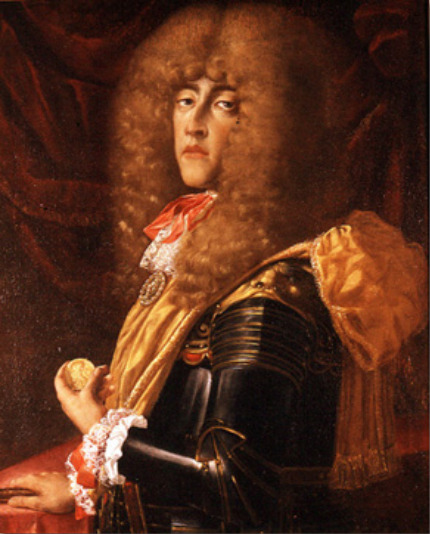
Attributed to Frans Geffels - Portrait of Charles IV, Duke of Mantua (1652-1708) -
oil on canvas, height: 98 cm (38.5 in); width: 82 cm (32.2 in)
Palazzo d'Arco, Mantua, Italy
Ferdinando Carlo Gonzaga (31 August 1652 – 5 July 1708) was the only child of Duke Charles II of Mantua and Montferrat, and the last ruler of the Duchy of Mantua of the House of Gonzaga.
Frans Geffels, known in Italy as Francesco Geffels (25 August 1624 – 18 February 1694) was a Flemish painter, printmaker, architect, stage designer and designer of ephemeral structures for solemn and festive occasions. After training in his native Antwerp, he was mainly active in Mantua, where he was prefetto delle fabbriche to the Duke, a role that gave him the direction of the artistic and construction activities undertaken by the Ducal court. He worked also on projects for the local aristocratic class of Mantua. In addition, he completed projects for the Liechtenstein princes and for the imperial court in Vienna.
He was both a canvas and fresco painter. He created portraits, history subjects, military scenes, architectural scenes and genre art, in particular merry companies. Geffels is mainly remembered as the designer of some of the key examples of Baroque architecture in Mantua.
13 notes
·
View notes
Note
(finally sending this ask after thinking abt it for over a month) so mantis. your interpretation of fnc is unrequited with aro gillion right. I might have a song that fits that (also your name autocorrected to mantua???)
my interpretation of fnc is what i think is coolest or funniest or most gut wrenching in the moment, but unrequited is definitely one of my go-tos yeas :3 i would love to hear the song!
#mantua kinda goes hard#what does that mean tho#googled it and it's a city in italy#buggy thoughts#buggy answers#better than drinking alone#slimeriana gay sex
5 notes
·
View notes
Photo
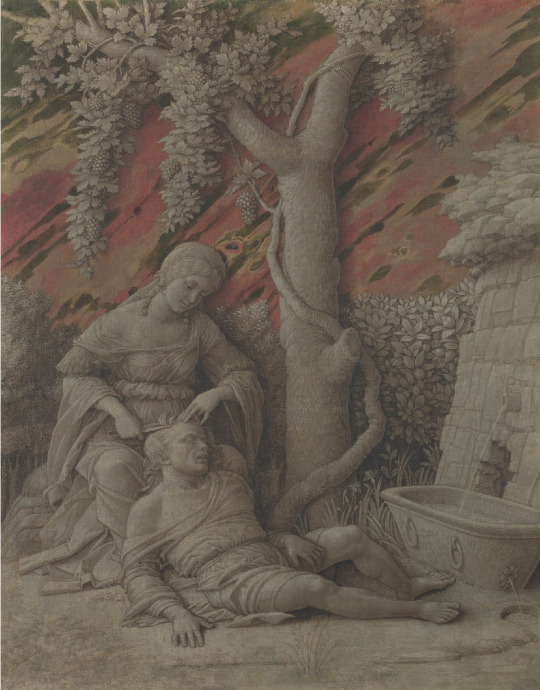
Samson and Delilah
Andrea Mantegna about 1500
National Gallery, London
20 notes
·
View notes
Text

Elisabetta Gonzaga was the daughter of the lord of Mantua and her early education led her to a life of companionship with some of the greatest minds of fifteenth-century Italy. She married Guidobaldo da Montefeltro, the duke of Urbino, in 1488, and thereafter her court attracted writers, artists, and scholars. She was also the sister-in-law of Isabella d’Este, the influential Renaissance patron and political figure. Elisabetta Gonzaga was immortalized by the writer Baldassare Castiglione, whose famous work, The Courtier, was based on his interactions and conversations with her.
She married Guidobaldo da Montefeltro, the duke of Urbino, in 1489. Guidobaldo was sickly and impotent, and they had no children, but Elisabetta refused to divorce him and nursed him through his illnesses. After his death, Elisabetta refused to marry.
Her court attracted writers, artists, and scholars. Her nobility gave her contact and involvement in the power politics of 16th century Italy. She was the sister-in-law of Isabella d'Este, an influential Renaissance patron and political figure. Despite having poor health, Elisabetta was known to be a great horsewoman and would frequently attend hunts in the countryside around Urbino.
In 1502 Elisabetta reluctantly accompanied Lucrezia Borgia on her journey to Ferrara, where Lucrezia was married to Alfonso I d'Este. An eyewitness described her at the wedding thus:
"On entering Ferrara she rode a black mule caparisoned in black velvet embroidered with woven gold, and wore a mantle of black velvet strewn with triangles of beaten gold; another day indoors she wore a mantle of brown velvet slashed, and caught up with chains of massive gold; another day a gown of black velvet striped with gold, with a jewelled necklace and diadem; and still another day, a black velvet robe embroidered with ciphers."
#perioddramaedit#history#edit#history edit#elizabeth olsen#elisabetta gonzaga#elizabetta gonzaga#rimini#donne nella storia#donne della storia#donne italiane#donneitaliane#italian renaissance#women of renaissance#renaissance italy#renaissance women#renaissance#rinascimento#mantua#isabella d'este#lucrezia borgia#16th century#baldassare castiglione#guidobaldo Montefeltro#women of history#historical women#strong women#cortegiania#italiansedit#italian history
36 notes
·
View notes
Text

Some nice visual reference for "The winter rose".
This is the central square of the ceiling of Sala di Amore e Psiche, in Palazzo Te, Mantua (Italy). It represents the wedding of Cupid and Psyche.
#fanfiction#reference#art#giulio romano#sala di amore e psiche#amor and psyche#cupid and psyche#mantua#italy#italian renaissance
5 notes
·
View notes
Text

#italian#italy#travel#art#italylovers#mantua#mantova#painting#giganti#camera dei giganti#mannerism#italian mannerism#italian art
4 notes
·
View notes
Text
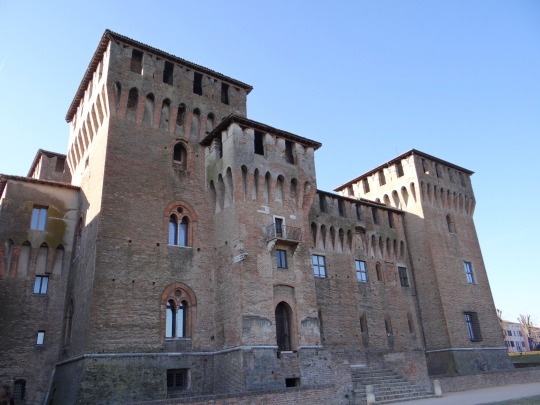
Castello di San Giorgio, in Mantua (Mantova).
Explore:
#mantua#mantova#italia#italy#original photography#photography#travel#photographers on tumblr#lensblr#architecture#historical architecture#medieval#castles#middle ages#urban exploration#wanderingjana
0 notes
Text
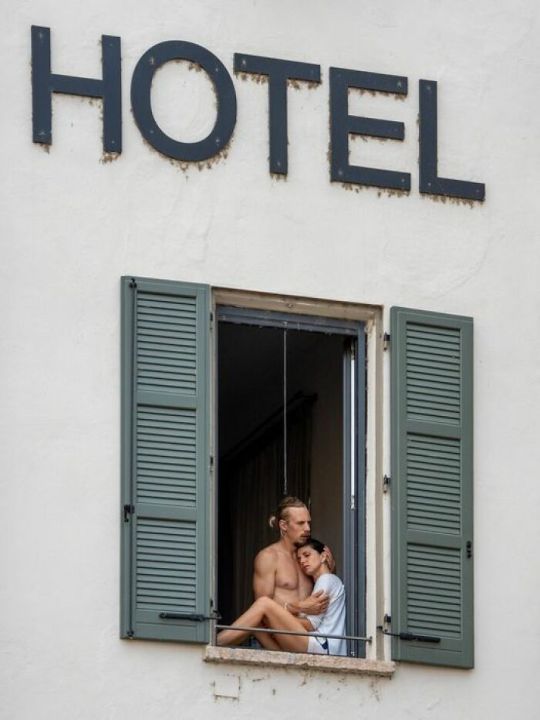
Lovers (Mantua, Italy)
Tim Askerov
0 notes